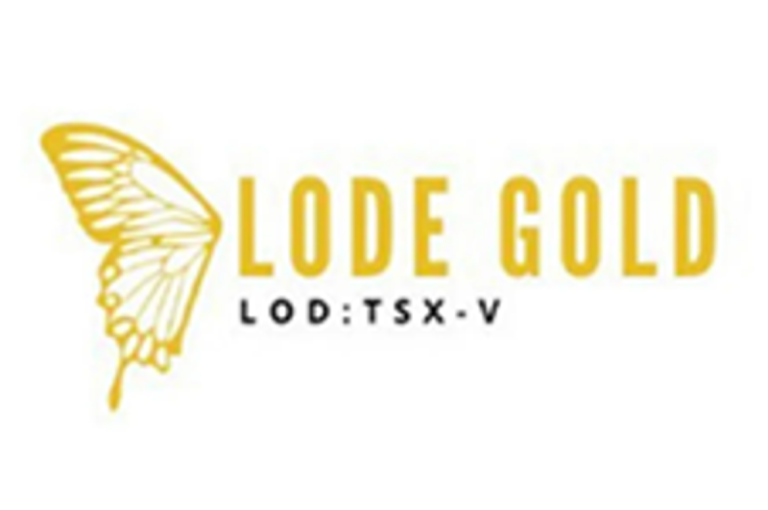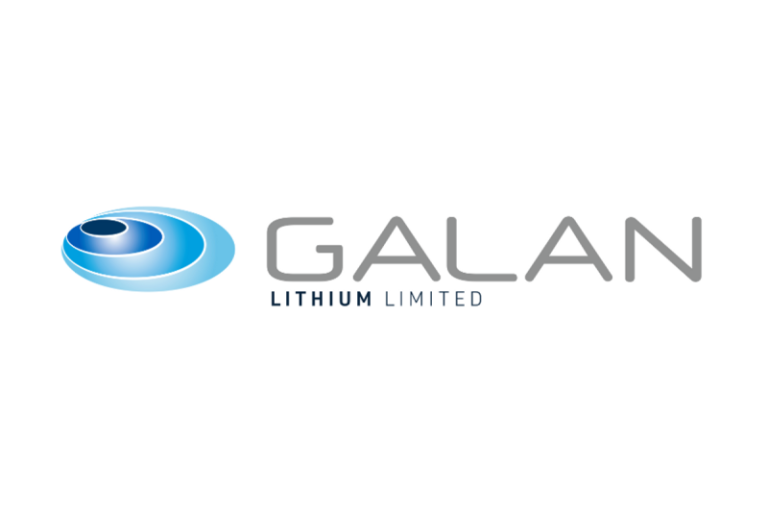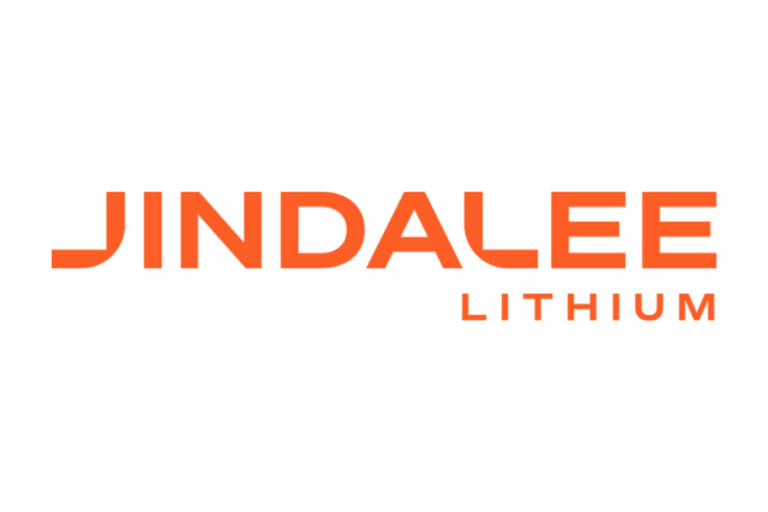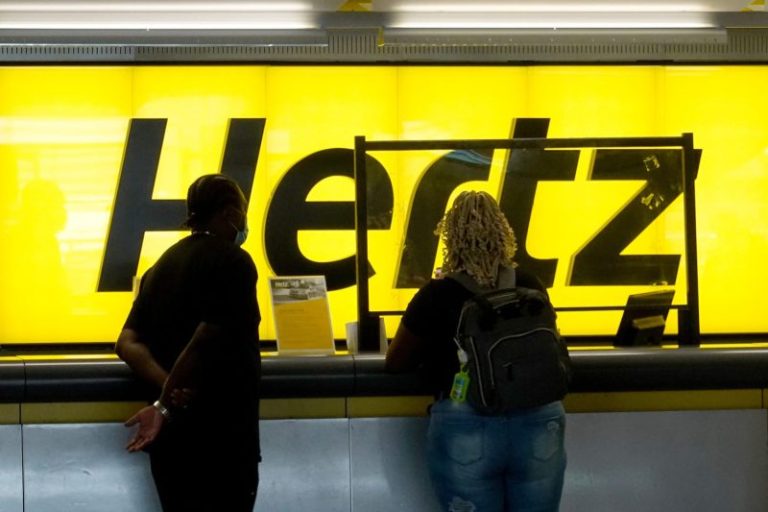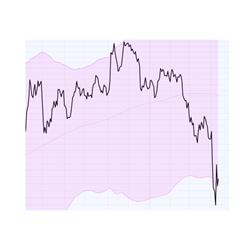Lode Gold Resources Inc. (TSXV: LOD) (OTCQB: LODFF) (‘Lode Gold’ or the ‘Company’) is pleased to announce that it has closed on its first tranche of its non-brokered private placement offering. The Company has raised $790,186 through the issuance of 4,389,922 Units at a price of $0.18 per Unit. The cash raised will be used for the execution of the 2025 business plan and general working capital. In Yukon, the Company will conduct field work, including geological mapping, soil sampling, and channel sampling to advance drill target development. In California, the funds will support the completion of a 2025 Preliminary Economic Assessment( PEA) focused on bulk mining, underground channel sampling to upgrade resources, and moving towards the pre-feasibility study (PFS) at the Fremont project.
Each $0.18 Unit shall consist of one common share and one common share purchase warrant. Each warrant shall entitle the holder to purchase one common share at an exercise price of $0.35 per common share for a period of three years following the date of closing. The Company may accelerate the expiry date if the shares trade at $0.65 or more for a period of 10 days, including days where no trading occurs.
Lode Gold is extending the closing date of its private placement to April 30, 2025, for the second tranche. The Company may sell additional Units in the offering in one or more subsequent closings, on or before this date. Closing of the offering is subject to certain conditions including, but not limited to, the receipt of all necessary approvals, including acceptance by the TSX-V.
The Units were offered by way of private placement pursuant to exemptions from prospectus requirements and in accordance with National Instrument 45-106, Prospectus Exemptions. All securities issued in this closing are subject to a four month hold period, in accordance with applicable securities laws and the policies of the TSX Venture Exchange.
About Lode Gold
Lode Gold (TSXV: LOD) is an exploration and development company with projects in highly prospective and safe mining jurisdictions in Canada and the United States. In Canada, its Golden Culvert and WIN Projects in Yukon, covering 99.5 km2 across a 27-km strike length, are situated in a district-scale, high grade gold mineralized trend within the southern portion of the Tombstone Gold Belt. A total of four RIRGS targets have been confirmed on the property. A NI 43-101 technical report has been completed in May 2024.
In New Brunswick, Lode Gold has created one of the largest land packages with its Acadian Gold JV Co; consisting of an area that spans 445 km2 and a 44 km strike. McIntyre Brook covers 111 km2 and a 17-km strike in the emerging Appalachian/Iapetus Gold Belt; it is hosted by orogenic rocks of similar age and structure as New Found Gold’s Queensway Project. Riley Brook is a 335 km2 package covering a 26 km strike of Wapske formation with its numerous felsic units. A NI 43-101 technical report has been completed in August 2024.
In the United States, the Company is advancing its Fremont Gold project. This is a brownfield project with over 43,000 m drilled and 23 km of underground workings. It was previously mined at 10.7 g/t Au in the 1930’s. Mining was halted in 1942 due the gold mining prohibition in World War Two (WWII) just as it was ramping up production. Unlike typical brownfield projects that are mined out; only 8% of the veins have been exploited. The Company is the first owner to investigate an underground high grade mine potential at Fremont. The project is located on 3,351 acres of private and patented land in Mariposa County. The asset is a 4 km strike on the prolific 190 km Mother Lode Gold Belt, California that produced over 50,000,000 oz of gold and is instrumental in creating the towns, businesses and infrastructure in the 1800s gold rush. It is 1.5 hours from Fresno, California. The property has year-round road access and is close to airports and rail. An NI 43-101 MRE has been reported on March 5, 2025. A complete technical report will be filed 45 days later on SEDAR+.
Previously, in March 2023, the company completed an NI 43-101 Preliminary Economic Assessment (‘PEA’) for the Fremont Gold project. A sensitivity to the March 31, 2023 PEA at USD $2,000/oz gold gives an after-tax NPV of USD $370M and a 31% IRR over an 11-year LOM. At $1,750 /oz gold, NPV (5%) is $217M. The project hosts an NI 43-101 resource of 1.16 Moz at 1.90 g/t Au within 19.0 MT Indicated and 2.02 Moz at 2.22 g/t Au within 28.3 MT Inferred. The MRE evaluates only 1.4 km of the 4 km strike of Fremont property. Three step-out holes at depth (up to 1200 m) hit structure and were mineralized. All NI 43-101 technical reports are available on the Company’s profile on SEDAR+ (www.sedarplus.ca) and the Company’s website (www.lode-gold.com)
ON BEHALF OF THE COMPANY
Wendy T. Chan
CEO & Director
Information Contact
Winfield Ding
CFO
info@lode-gold.com
+1-(604)-977-GOLD (4653)
Kevin Shum
Investor Relations
kevin@lode-gold.com
+1 (604) -977-GOLD (4653)
Cautionary Note Related to this News Release and Figures
This news release contains information about adjacent properties on which the Company has no right to explore or mine. Readers are cautioned that mineral deposits on adjacent properties are not indicative of mineral deposits on the Company’s properties.
Cautionary Statement Regarding Forward-Looking Information
Neither the TSX Venture Exchange nor its Regulation Services Provider (as that term is defined in the policies of the TSX Venture Exchange) accepts responsibility for the adequacy or accuracy of this release.
This news release includes ‘forward-looking statements’ and ‘forward-looking information’ within the meaning of Canadian securities legislation. All statements included in this news release, other than statements of historical fact, are forward-looking statements including, without limitation, statements with respect to the completion of the transaction and the timing thereof, the expected benefits of the transaction to shareholders of the Company, the structure, terms and conditions of the transaction and the execution of a definitive agreement, the timing of submission to the CSE and TSXV, Gold Orogen raising an additional $1,500,000 and the anticipated use of proceeds. Forward-looking statements include predictions, projections and forecasts and are often, but not always, identified by the use of words such as ‘anticipate’, ‘believe’, ‘plan’, ‘estimate’, ‘expect’, ‘potential’, ‘target’, ‘budget’ and ‘intend’ and statements that an event or result ‘may’, ‘will’, ‘should’, ‘could’ or ‘might’ occur or be achieved and other similar expressions and includes the negatives thereof.
Forward-looking statements are based on a number of assumptions and estimates that, while considered reasonable by management based on the business and markets in which the Company operates, are inherently subject to significant operational, economic, and competitive uncertainties, risks and contingencies. These include assumptions regarding, among other things: that the Company and GRM will be able to negotiate the definitive agreement on the terms and within the time frame expected, that the Company and GRM will be able to make submissions to the CSE and TSXV within the time frame expected, that the Company and GRM will be able to obtain shareholder approval for the transaction, that the Company and GRM will be able to obtain necessary third party and regulatory approvals required for the transaction, if completed, that the transaction will provide the expected benefits to the Company and its shareholders.
There can be no assurance that forward-looking statements will prove to be accurate and actual results, and future events could differ materially from those anticipated in such statements. Important factors that could cause actual results to differ materially from the Company’s expectations include adverse market conditions, general economic, market or business risks, unanticipated costs, the failure of the Company and GRM to negotiate the definitive agreement on the terms and conditions and within the timeframe expected, the failure of the Company and GRM to make submissions to the CSE and TSXV within the timeframe expected, the failure of the Company and GRM to obtain shareholder approval for the transaction, the failure of the Company and GRM to obtain all necessary approvals for the transaction, and r other risks detailed from time to time in the filings made by the Company with securities regulators, including those described under the heading ‘Risks and Uncertainties’ in the Company’s most recently filed MD&A. The Company does not undertake to update or revise any forward-looking statements, except in accordance with applicable law.
To view the source version of this press release, please visit https://www.newsfilecorp.com/release/248662





